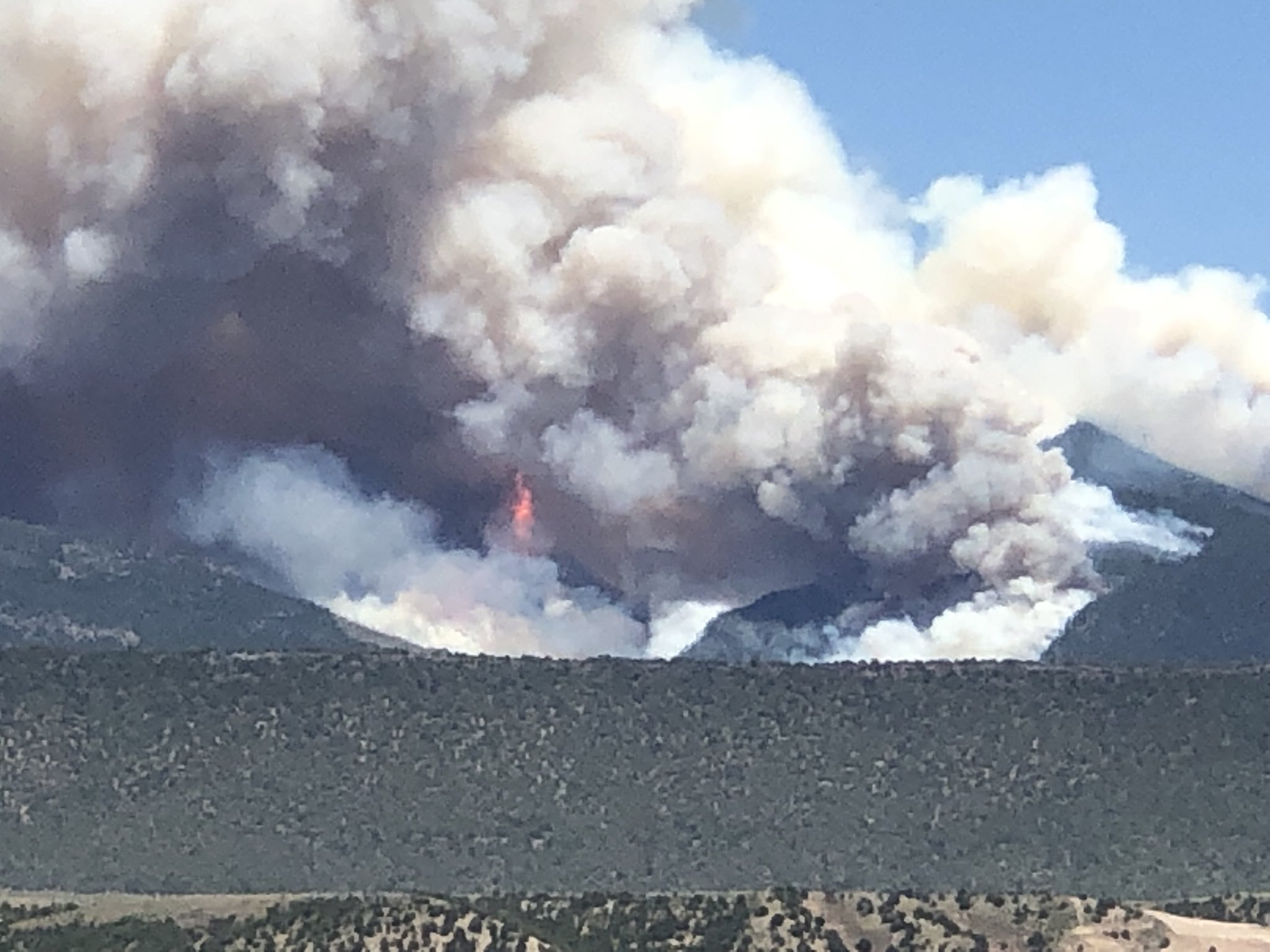ST. GEORGE — Typically, the state’s closed fire season – which dictates when and where open burning is allowed – ends Oct. 31 as cooler temperatures and a measure of precipitation roll in, but such is not the case this year.

With a longer than usual wet spring followed by such a long dry spell, Utah State Forester Brian Cottam has extended the closed fire season and subsequent restrictions in southwest Utah by an additional two weeks, moving the end of the season to Nov. 15.
The move was done after consultation with the county commissions of Beaver, Garfield, Iron, Kane and Washington counties, according to a press release from Utah Department of Natural Resources.
While in session Tuesday, the Washington County Commission signed a resolution supporting the state forester’s proclamation extending the closed season.
“If you remember, we had a fairly wet spring that extended into what would be our normal fire season,” Hurricane Valley Fire Chief Tom Kuhlmann said to the commission when asked to comment on the resolution. “We (now) have a lot of grass and other fuels growing faster and longer than normal.”
The fire season arrived six weeks late this year, Kuhlmann said, echoing what he told the commission in early September.

Kuhlmann compared the current fire conditions to those typically seen in June and July. This has partner fire agencies with the U.S. Forest Service on high alert, he said.
With the lack on an overall monsoon season this summer and over four months without measurable rain, the dry spell continues.
So far the county has been lucky in regard to wildfires, Kuhlmann said. There have been little spurts here and there, but nothing turned into a major incident.
“We’d like to keep it that way until it hopefully decides to rain or snow,” he said.
Closed fire season restrictions only cover the unincorporated areas of the impacted counties, County Commissioner Dean Cox said.
Incorporated towns and cities are not included in the state forester’s proclamation, though they may have fire restrictions of their own still in place or may have chosen to follow the state forester’s proclamation, according to the press release.
Campfires are permitted; however, you must have a means of controlling and extinguishing your campfires.
“There have been a few escaped campfires in the Color Country area recently” Mike Melton, fire management officer for the Utah Division of Forestry, Fire and State Lands, said in the press release.

Melton also said that wildfires are occurring daily.
“We are seeing fires start by a number of various causes, not just debris burning and campfires,” he said.
This trend, coupled with very dry vegetation and a dry long-term weather forecast, prompted the extended closed fire season.
“People can’t just look at the calendar and think that danger of wildfire is over. Everyone needs to take into account the environmental factors of wildland fuels and weather,” Melton said.
Those who start wildfires willingly or though negligence can be liable for the suppression cost of the fire, as well as face addition fines and penalties that could include jail time.
Copyright St. George News, SaintGeorgeUtah.com LLC, 2019, all rights reserved.